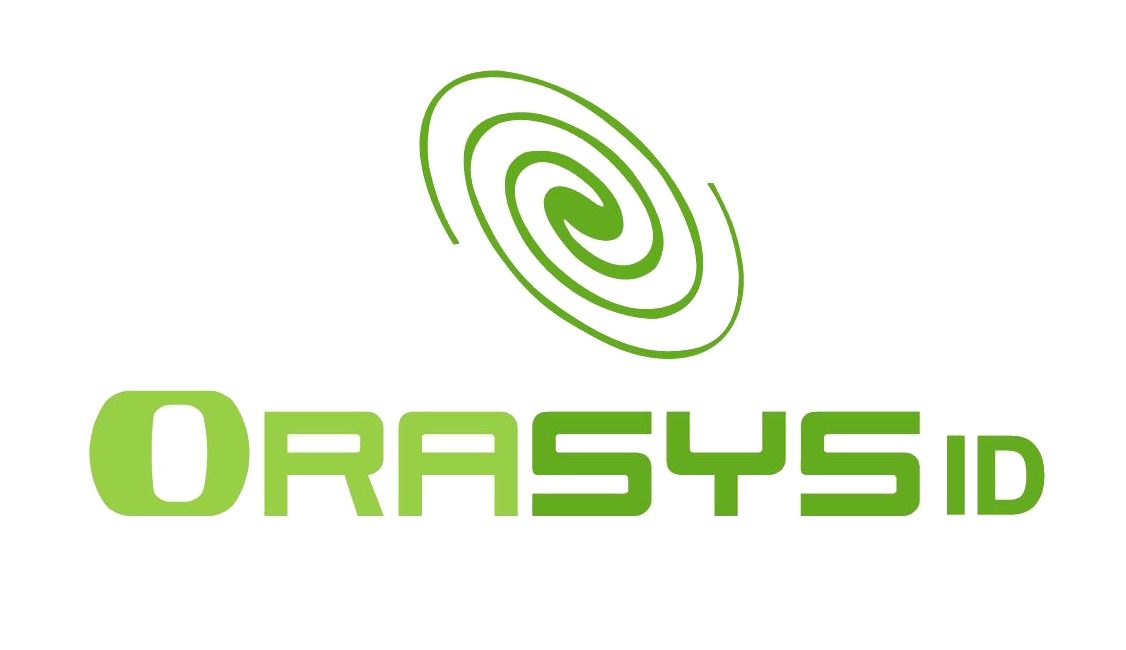IoT – RFID
RFID is an acronym for “radio-frequency identification” and refers to a technology whereby digital data encoded in RFID tags or smart labels are captured by a reader via radio waves.
RFID is similar to barcoding in that data from a tag or label are captured by a device that stores the data in a database.
RFID, however, has several advantages over systems that use barcode asset tracking software. The most notable is that RFID tag data can be read outside the line-of-sight, whereas barcodes must be aligned with an optical scanner.
Orasys ID was one of the first Greek companies to invest in RFID technology, implementing corresponding projects and contributing to its further dissemination in the Greek market.
It is a technology that is constantly evolving and therefore remains a timely choice for businesses that aim to digitally transform their processes.
RFID belongs to a group of technologies referred to as Automatic Identification and Data Capture (AIDC). AIDC methods automatically identify objects, collect data about them, and enter those data directly into computer systems with little or no human intervention. RFID methods utilize radio waves to accomplish this.
At a simple level, RFID systems consist of three components: an RFID tag or smart label, an RFID reader, and an antenna. RFID tags contain an integrated circuit and an antenna, which are used to transmit data to the RFID reader (also called an interrogator). The reader then converts the radio waves to a more usable form of data. Information collected from the tags is then transferred through a communications interface to a host computer system, where the data can be stored in a database and analyzed at a later time.
RFID technology is employed in many industries/markets to perform such tasks as:
- Accuracy and efficiency in terms of deliveries
- Effective supervision of production products
- Optimize inventory and procurement control
- Inventory Management
- Timely identification and utilization of products not in circulation
- Limitation of product returns and recalls
- Addressing the phenomenon of out of stock products
- Utilization of the company’s human resources in more productive tasks
- Full transparency of business processes
- Improve the consumer experience through apps that provide valuable information about each product
- Access to data on goods and consumer behaviour
